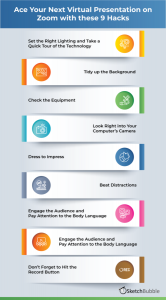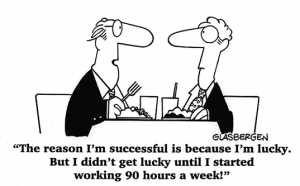By Dave Grow
The way we work needs an upgrade. Over the years, employees have found themselves in a myriad of new challenges from learning how to incorporate new technologies in their workflows to navigating the ever-changing landscape of return-to-office and hybrid workplaces. In addition, the disconnect between how different teams and companies have chosen to collaborate and handle this has reintroduced inequities in working environments.
This year, companies and teams can respond to these challenges by implementing agile working environments, introducing structure to support the use of AI in the workplace. This can help create equitable collaboration environments where employees have the same opportunities whether in the office or at home.
How to establish agile work environments
Many companies and leaders have said goodbye to the idea that Agile is only meant for software development or technology teams. In fact, many teams have incorporated Agile as part of their efforts to collaborate seamlessly from a mix of locations.
Despite the influence Agile has had on many of our modern ways of working, teams are still trying to figure out how to best collaborate together across departments and locations. Look to the Agile values as guidance to help your teams along this journey:
Companies will continue fine-tuning their unique processes to increase effectiveness, collaboration, and outputs. While these will look different from team to team, establishing Agile ways of working across departments and teams will result in higher-quality results as well as greater value for stakeholders.
AI’s role in everyday work
AI has the power to expand our ideas and give teams time back to focus on the most impactful work. At Lucid, we think about the use of AI in four different categories:
We’ve seen companies adopt the first three types more broadly in the past year. However, we expect inferential AI will be a huge focus this year in a way that will support teams in the beginning stages of a project—ideation, research, and experimentation.
Equity in collaboration
Hybrid work has brought inequities in how teams collaborate across different working environments. For example, have you ever been in a meeting where you are the only person dialing in while the rest of your team is together in an office? It can feel alienating and create an environment where not every voice is heard equally.
This year, we’ll see teams dedicate more energy to equitable collaboration by facilitating meetings and brainstorms with these inequities in mind. A couple of ways I’ve seen our teams do this is by setting a precedent at the top of the call that all voices are encouraged to speak up, having everyone join—cameras on—with their computer, whether at home or in the office, and having a pair of facilitators who can switch between leading the conversation and reading the room.
Support equitable collaboration further by giving teams a place to align on next steps following a meeting or brainstorm, and giving individual teammates an additional medium to share their thoughts or ideas if they couldn’t join the call or aren’t comfortable speaking up in a group setting.
As we settle into the new year, I look forward to seeing how workplace leaders incorporate these practices into their teams’ processes. The outcome is much greater than simply keeping up with the times; it’s creating working environments that work for your teams, offering them more ways to connect and collaborate, helping them save time day-to-day, and ensuring they know that their voice is heard and valued.
Dave Grow is CEO of Lucid Software.
(8)





